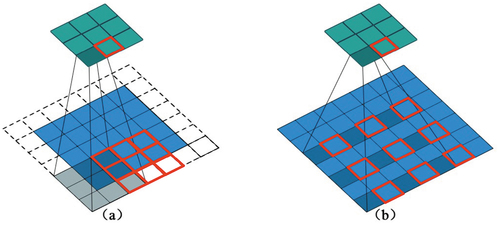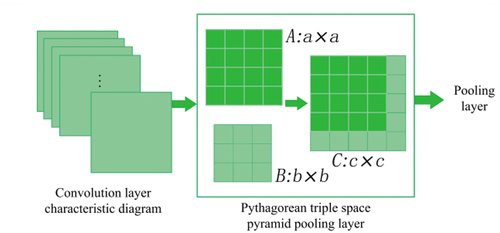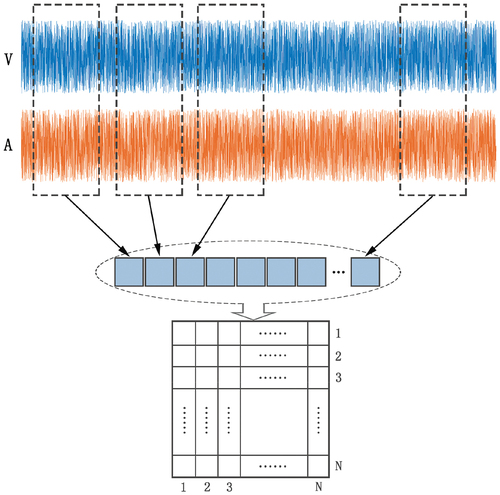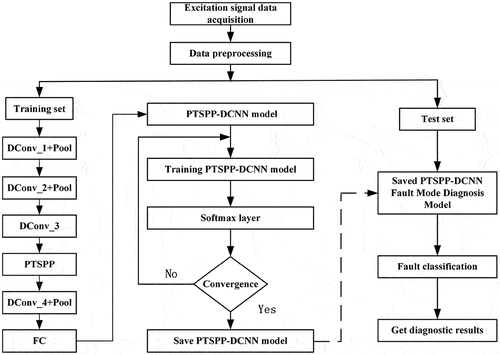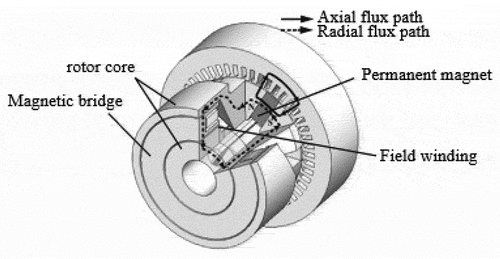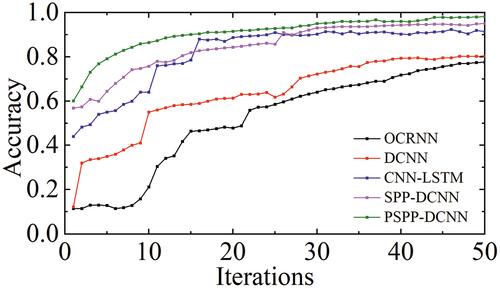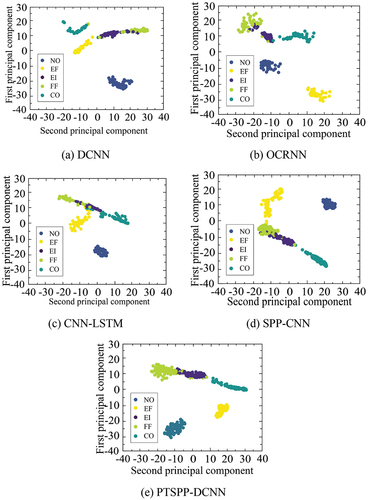Open access
1,231
Views
0
CrossRef citations to date
0
Altmetric
Research Article
Research on an Improved Convolutional Neural Network Fault Diagnosis Method for Exciter System
Jian-Ming Wenga Head office, Zhejiang Zheneng Jiahua Electric Power Generation Co. Ltd, Pinghu City, Zhejiang Province, ChinaView further author information
, Xinqi Chenb Electrical Technology Institute, Zhejiang Energy Research Institute Co. Ltd, Hangzhou, Zhejiang Province, ChinaView further author information
, Hongfang Liub Electrical Technology Institute, Zhejiang Energy Research Institute Co. Ltd, Hangzhou, Zhejiang Province, ChinaView further author information
, Yue Qiua Head office, Zhejiang Zheneng Jiahua Electric Power Generation Co. Ltd, Pinghu City, Zhejiang Province, ChinaView further author information
, Hongyu Yangc Software Department, Shanghai proinvent information tech ltd, Shanghai, ChinaCorrespondence[email protected]
View further author information
& View further author information
Wenjie And School of Mechanical Engineering, Shenyang University of Technology, Shenyang, Liaoning, ChinaView further author information
Pages 226-234
|
Received 02 Jul 2022, Accepted 18 Dec 2022, Published online: 25 Feb 2023
Related research
People also read lists articles that other readers of this article have read.
Recommended articles lists articles that we recommend and is powered by our AI driven recommendation engine.
Cited by lists all citing articles based on Crossref citations.
Articles with the Crossref icon will open in a new tab.


